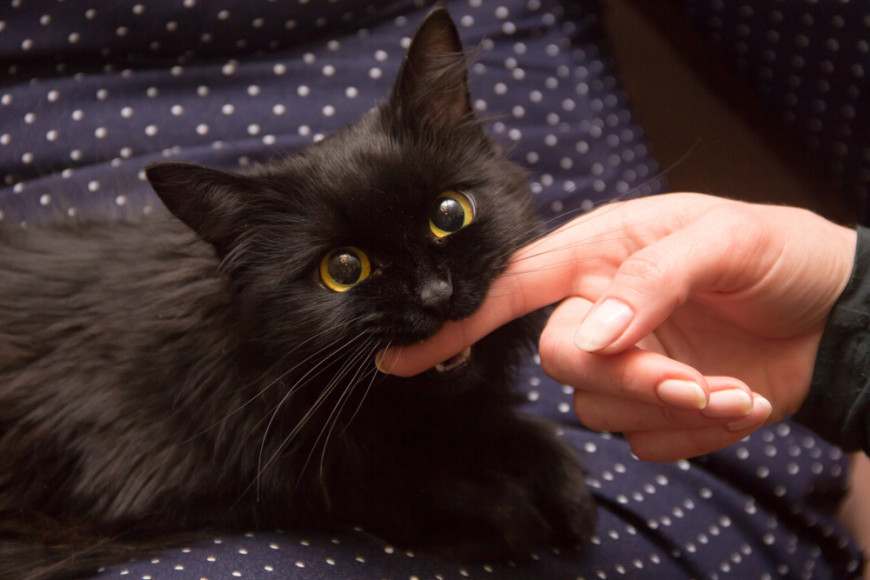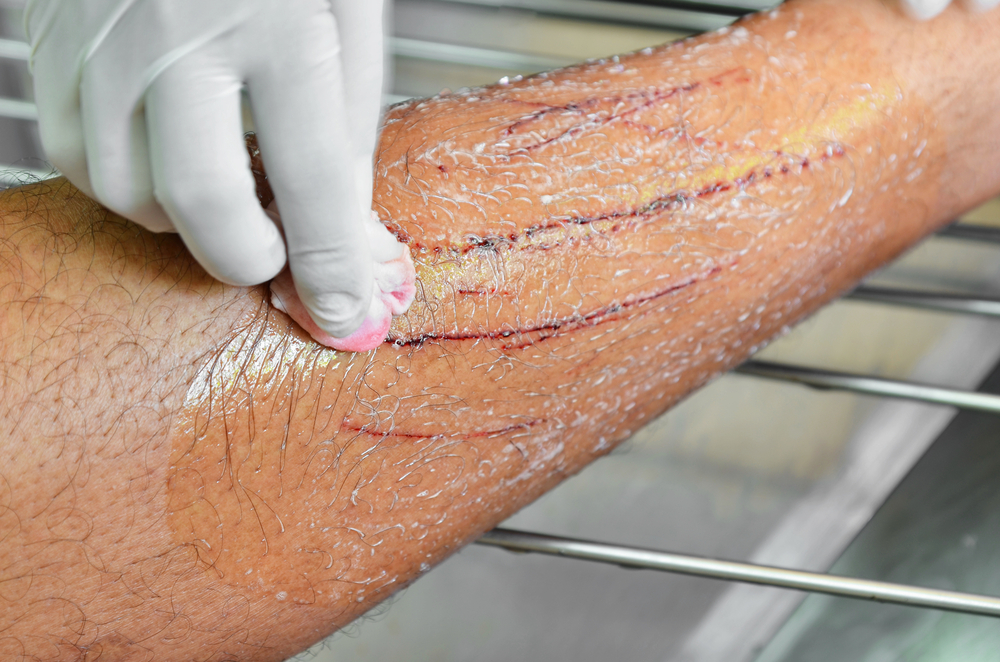Do you need help?

Are cat bites dangerous to humans?
Cat bites and scratches are not to be ignored. They can lead to serious infections such as Pasteurella multocida, which occurs when bacterial organisms from the Pasteurella species enter the body through punctures in the skin. This can result in cellulitis. Potenitally dangerous fusobacterium organisms and the steptococcus species, which can cause a wide range of infections such as tonsillitis and scarlet fever, are also often present in cats, as is the bacteria bartonella henselae, which can cause a condition called cat scratch fever.
What is cat scratch fever?
Cat scratch fever is the common name for an infectious bacterial illness called bartonellosis, which is caused by the bacteria Bartonella henselae. It can be passed from cat to cat and from cat to human. The bacteria is found in the faeces of fleas and, in most cases, cats pick it up while grooming themselves and inadvertently ingesting these. The bacteria can also be transmitted by ticks. Humans usually catch cat scratch fever after being scratched or bitten by an infected pet, or when a cat carrying the bacteria licks a graze or open wound on their body.
How does cat scratch fever affect humans?
Fortunately, cat scratch fever is rarely fatal and symptoms are usually mild. Common symptoms of catch scratch fever include tiredness, headache, high temperature and swelling of the lymph nodes near the scratch or bite. It usually takes between one and two weeks for these to show, although in some cases it has been known to take up to eight weeks. Symptoms usually resolve on their own following rest, although people with underlying illnesses may need medical attention.

How to prevent cat bites and cat scratch fever?
You should never offer up your hand as a plaything for your cat and you should always provide them with a variety of stimulating toys to play with. Never leave cats alone with young children and avoid stroking or petting unfamiliar cats.
If your cat is showing signs of petting-induced aggression learn what the triggers might be. You can also take steps to stop your cat from developing bartonellosis by making sure they’re regularly treated for fleas and ticks.
When to get medical help for a cat bite wound?
If you experience any of these symptoms, you should seek emergency help:
- Redness and swelling around the wound
- Wound feels warm and increasingly painful
- Liquid or pus leaks from the wound
- Fever of 38C or above
- Sweats and chills
- Swollen glands under the chin or in the neck, armpits or groin
- Red streaks extending along the skin from the wound
How can I find out if my cat is carrying Bartonella henselae?
This can be difficult as most cats don’t show any symptoms. If a correct diagnosis is essential, your vet may take a blood sample and attempt to culture the bacteria. But this may not prove conclusive as the bacteria isn’t always circulating through the bloodstream.

